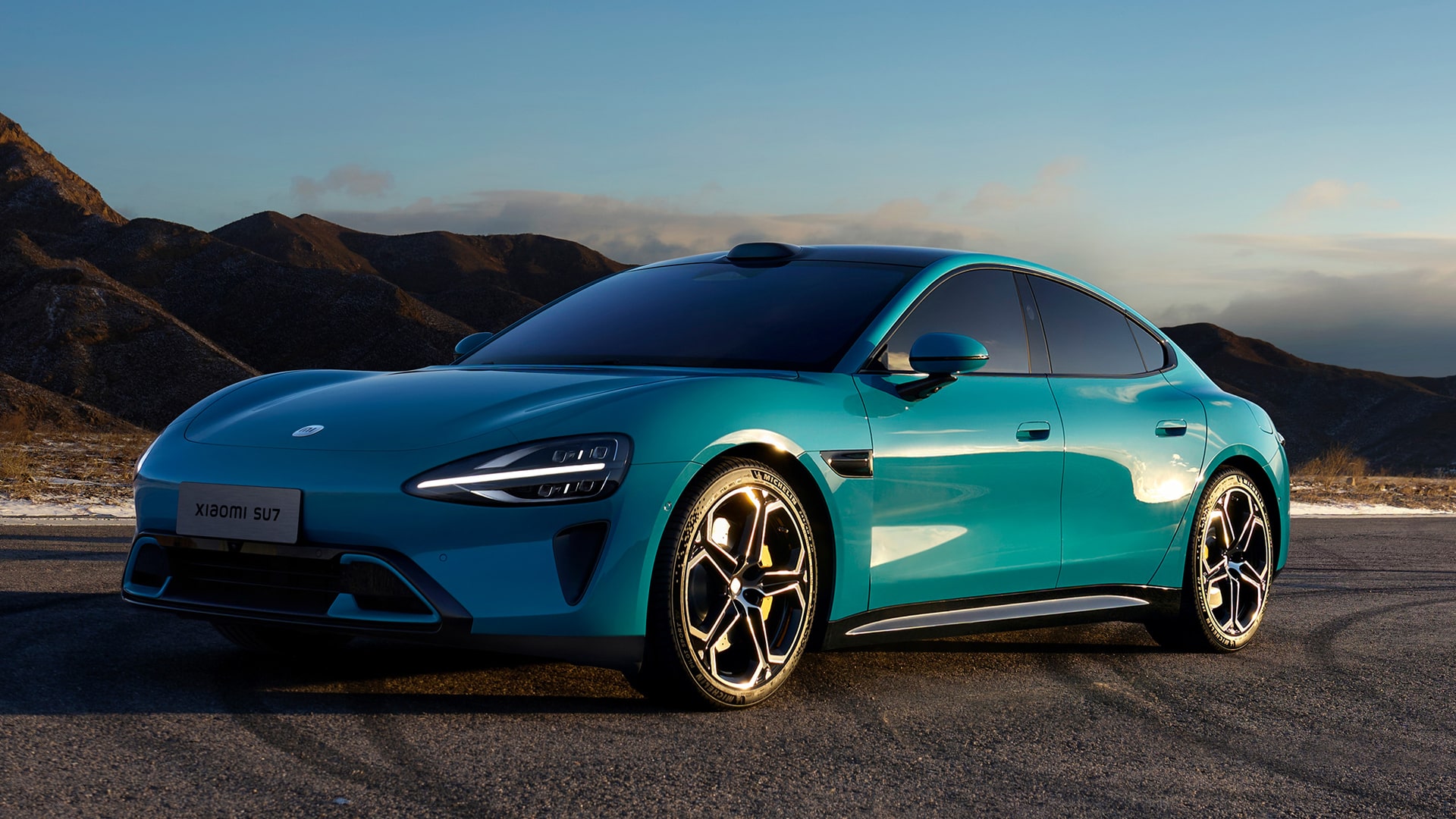On May 22, after weeks of muted presence following a high-profile traffic accident, Xiaomi returned to the spotlight with the introduction of two headline products: the XringO1, a smartphone chip built on a three-nanometer process, and the YU7, its second electric vehicle model.
The playbook is familiar. In 2023, Huawei and Seres revived interest in the Aito M7 by releasing a new version with Huawei’s in-house Kirin chip. That update transformed its fortunes, as orders surged past 30,000 in the first month after relaunch. The move buoyed both Aito and the Harmony Intelligent Mobility Alliance (HIMA).
Xiaomi appears to be charting a similar course. By spotlighting a significant chip breakthrough, it is injecting fresh energy into its EV efforts, using the YU7 to reshape public perception and restore market momentum.
Design, range, and safety take center stage
Design has consistently been a key pillar of Xiaomi’s EV strategy, and the YU7’s introduction was no exception. The vehicle closely follows the visual language of the earlier SU7, with consistent proportions, color palette, and detailing. The major difference? Aerodynamics.
The YU7 incorporates 40 aerodynamic enhancements, including ten through-body air channels and 19 vents to optimize airflow. These features yield a drag coefficient of just 0.245, contributing directly to improved driving range.
The YU7 comes in three variants. The Standard and Pro models both feature a 96.3 kilowatt-hour lithium iron phosphate battery. The Standard offers a range of 835 kilometers, while the all-wheel-drive Pro version delivers 770 km. The Max model uses a 101.7 kWh ternary lithium battery, with a combined range of 760 km.
These figures place the YU7 among the top-performing EVs in its class. The Max variant features an 800-volt architecture and supports 5.2C fast charging, capable of adding 620 km of range in just 15 minutes, which may be an appealing feature for performance-minded buyers.
Safety architecture takes a leap forward
Passive safety was a major focus of the launch. Xiaomi enhanced the YU7’s structural integrity with reinforced crumple zones and a 1,500-megapascal anti-scratch crossbeam to protect the battery from road debris. The battery itself is encased in the same anti-ballistic material used in the premium SU7 Ultra.
The company also developed new materials in collaboration with partners, including 2,200 MPa hot-formed steel. This steel is used for side-impact beams on all four doors and integrated into the A and B pillars using a roll-cage-inspired design. The intent is clear: maximize cabin protection in the event of a collision.
The YU7 passed more than 50 crash tests, meeting all requirements under C-NCAP and C-IASI standards, signaling that Xiaomi is serious about safety.
Assisted driving technology also received a boost. All YU7 models come standard with Nvidia’s Thor platform, built on a 4-nm process and capable of 700 TOPS (tera operations per second). The vehicle’s sensor suite includes long-range LiDAR (light detection and ranging), 4D millimeter-wave radar, 11 high-definition cameras, and 12 ultrasonic sensors.
To ensure optical clarity, Xiaomi applied ALD (atomic layer deposition) coatings to all seven external cameras to reduce glare and enhance visual input, further strengthening safety during assisted driving.
With deliveries set to begin in July, just three months after the SU7 accident, questions have emerged about whether the YU7’s safety features were introduced under pressure. But industry sources told 36Kr that components like the new steel structures and crash beams have been in development for over a year. “These weren’t reactive stopgaps after the March incident,” one insider said.
Moreover, unlike the SU7, which featured tiered assisted driving capabilities, the YU7 adopts a uniform hardware configuration across all variants, which may have been a factor that contributed to the delayed launch.
Redemption through reinvention?
The SU7 accident in late March cast a long shadow over Xiaomi’s credentials as a new automaker. Can a three-year-old EV brand truly deliver on safety?
Xiaomi’s answer has been decisive. By early May, it had quietly rebranded the SU7’s “smart driving” system on its website to the more conservative “assisted driving.” On stage in May, it doubled down, highlighting everything from materials science to hardware design to its own driving academy, all geared toward one message: safety is now core to the brand.
These measures appear to be working, and the YU7 may prove a turning point in restoring trust and generating demand.
Founder Lei Jun compared the YU7 lineup to Tesla’s Model Y variants, noting that Xiaomi’s vehicles surpass Tesla’s in range and offer features like air suspension, which the Model Y lacks.
That speaks to the ambition of Xiaomi: to take on the world’s bestselling electric SUV. If pricing mirrors the SU7’s competitive strategy, the YU7 could challenge Tesla not just on specs, but on affordability too.
As Chinese EV buyers place greater emphasis on practical factors like safety and reliability, the YU7—with its strong specifications and reinforced safety architecture—represents Xiaomi’s clearest shot yet at another breakout success.
KrASIA Connection features translated and adapted content that was originally published by 36Kr. This article was written by Xu Caiyu for 36Kr.

